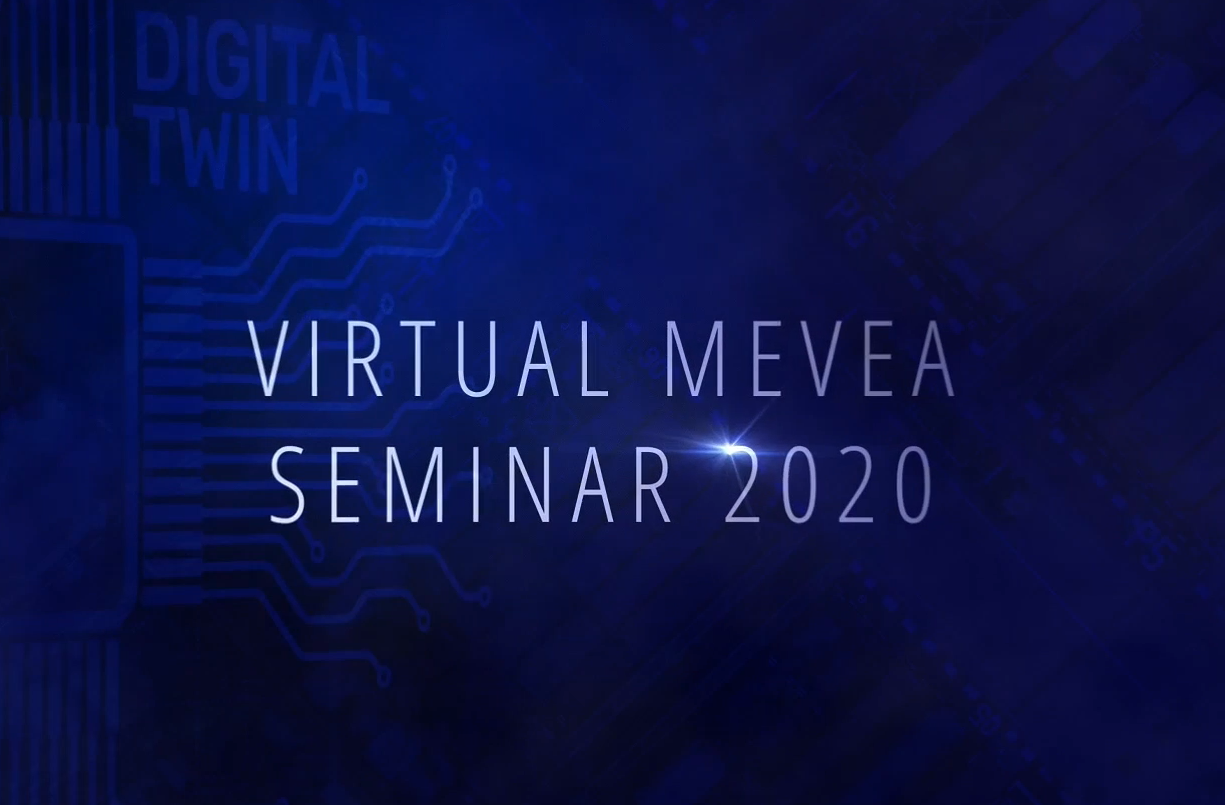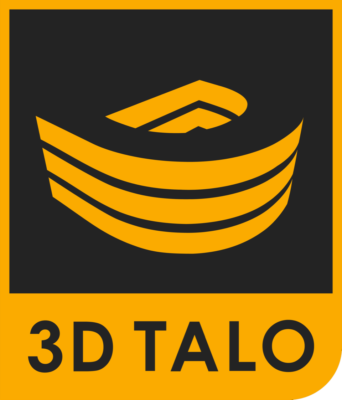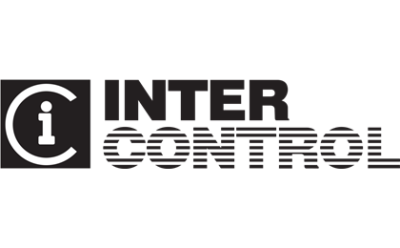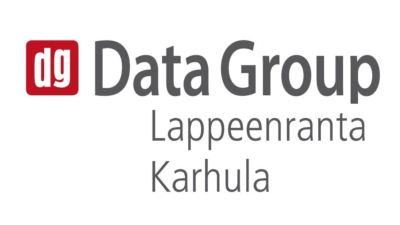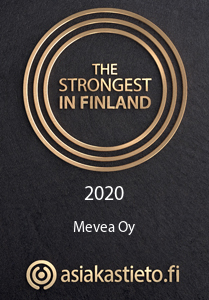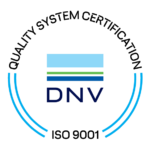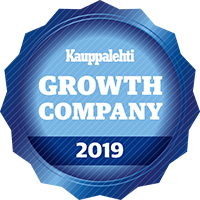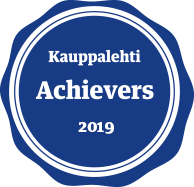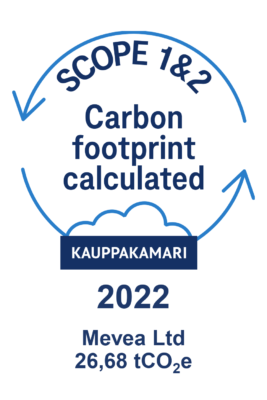This year has been one of constant change, adaptation, and learning. As we set out to organise our 7th annual Mevea Seminar, we soon discovered that we faced a situation which required a complete change to the way the seminar had been held for the past six years. Regardless of the challenges, we successfully gathered 500+ registrations from 26 countries, featured 12 presentations, and hosted our very first virtual event.
This year’s focal points were:
- Real use cases of Digital Twins for the assistive and autonomous system development by industry leaders
- The role of Digital Twins in functional safety of assistive and autonomous system development
- How Digital Twins help machine learning based application development
Check out the seminar recording by registering below!
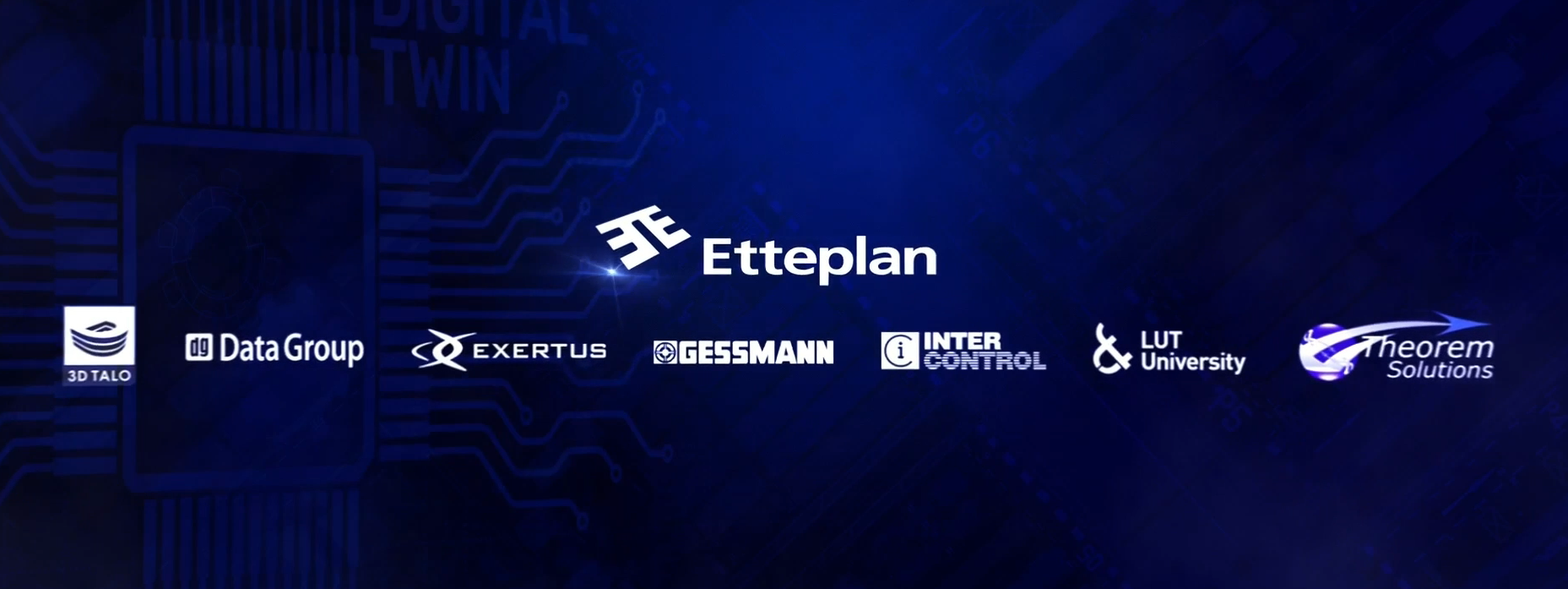
This year’s Mevea Seminar continued from the last year’s focus on bringing forth real examples of how Digital Twin technology is currently implemented. In order to provide a holistic view and understanding of the implementations, we were joined by innovative world-class heavy machinery manufacturers, including Liebherr, Sandvik, Siemens, Normet, and Mantsinen, as well as other renowned organisations like TÜV SÜD and Inter Control. In addition, the Seminar was illuminated by some of the sharpest academic minds from Loughborough University, Lappeenranta University of Technology (LUT) , and University of Jyväskylä, who shared their insight how to use Digital Twins with various machine learning applications.
Are Digital Twins the Silver Bullet for System Development?
The seminar kicked off with an executive greeting by Mevea’s Managing Director Tero Eskola and Director of Sales, Marketing, and Business Development, Raimo Nikkilä.
The executive greeting was followed by a prelude – an overview of the potential of Mevea’s multi-physics based Digital Twins in product and system development, setting the stage for Mevea’s first virtual seminar.
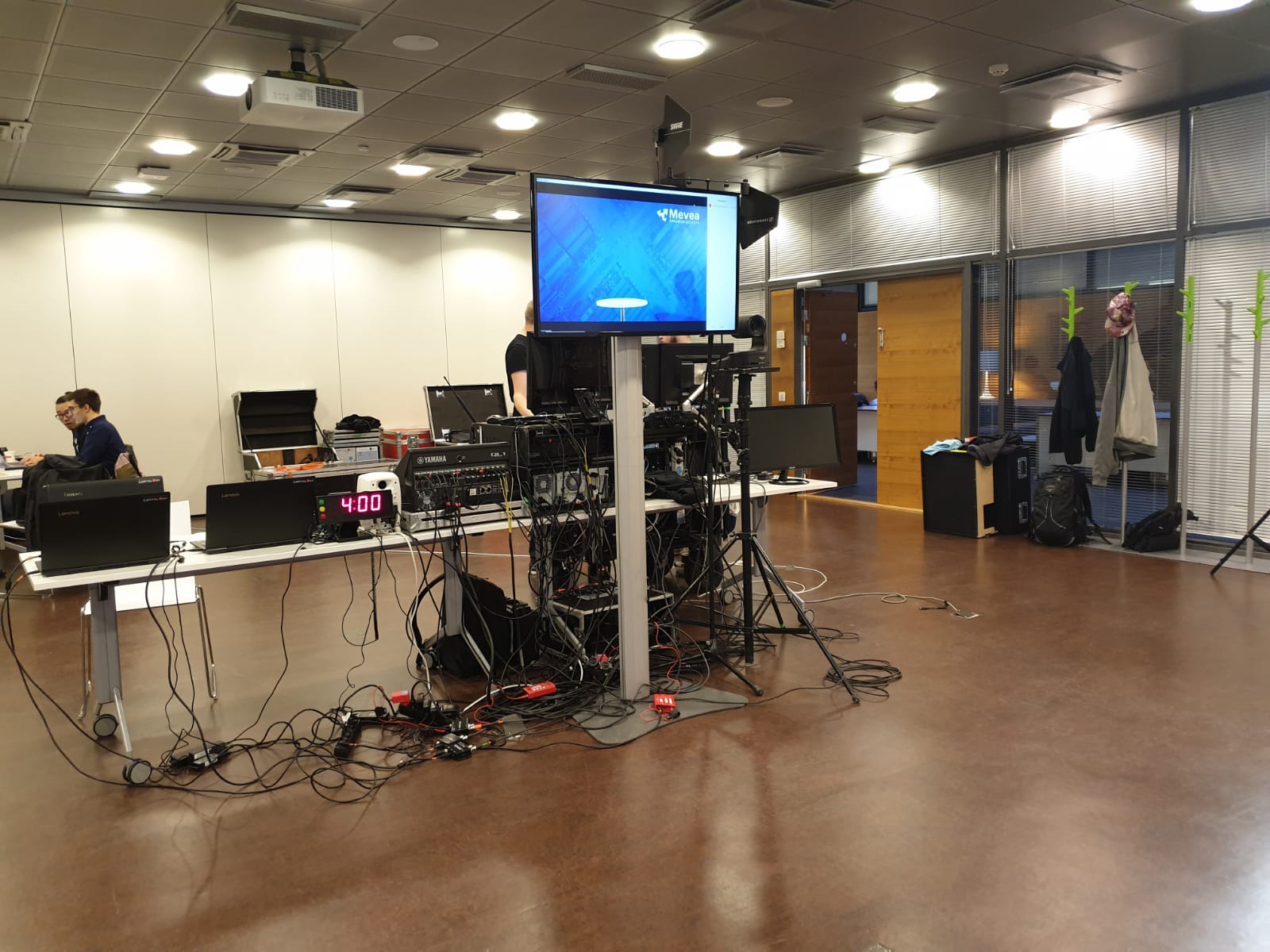
The number of heavy machinery manufacturers witnessing an increase in requests for assistive and autonomous capabilities is growing, prompting this year’s seminar to provide a framework for the topic. Some of the reasons behind this development in end-customers’ needs include an increased focus in safety and productivity as well as the lack of skilled operators, reflecting the current shift in paradigm towards more autonomous machinery.
Nikkilä draws attention to the variety of definitions available for Digital Twins and their capability to provide answers to questions emerging in product development . While some of the alternatives may provide answers to a certain extent, none of them are sufficiently fast or cost-efficient to be effectively used in product development. The difference in comparison to Mevea’s Digital Twins is that they are physics-based, virtual twins of a product, able to simulate its behaviour and use in real time.
Morning Track
Safety consciousness and lack of skilled labour are trends that have been noted at Liebherr, where Digital Twins are used in product development. According to Dr. Manuel Bös, the Head of Emerging Technologies at Liebherr-Werk Bischofshofen, Digital Twin-based development is a much simpler approach than physical testing due to its capability to support automated, repeatable, safe, and agile testing.
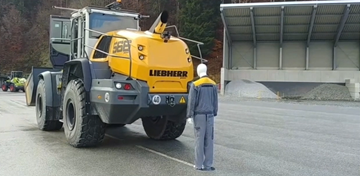
One of the benefits of virtual testing is the adaptability of the simulated machinery. In specific testing scenarios, a comparison between sensor types and positions could help to develop a better understanding of the behaviour of the machine, but with physical testing this requires a potentially costly modification to the machine and test environment.
Implementing simulation technology in product development and testing enables OEM’s to create a virtual machine equipped with virtual sensors that can be swapped as needed, that performs a virtual work cycle in a virtual environment. This enables the development of robust solutions through repeatability and automation of the tests which speaks in favour of virtual development process.
Digital Twin technology benefits Sandvik’s product development, as virtual machine, work cycle and environment models minimise the need for physical testing. According to Olli Snellmann, Head of Product Development for Automine® at Sandvik, environment simulation is one the keys to success. Understanding the operating environment and testing it virtually before going to the real site is a multifaceted advantage. Sandvik can import characteristics from a customer site and decide which machine models would be the best fit for their operating environment and requirements. The simulation technology enables an improved reaction time through virtual troubleshooting without the need of going to a real operating environment.
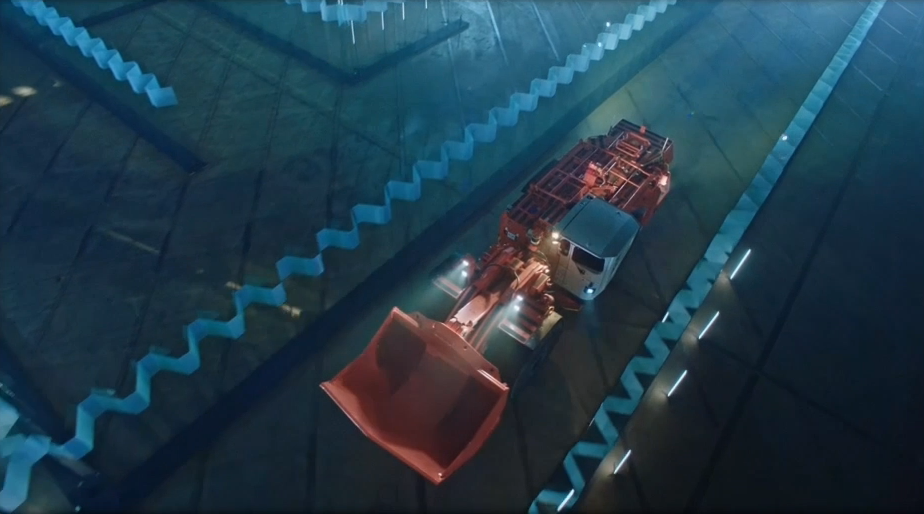
While Sandvik has access to its own test mine at Tampere in Finland, physical testing in the location can also be a bottleneck for the testing process as it requires real machines. Moreover, since the site is not production mine, it requires additional stones and material for the tests. Using a real-time simulator solves this issue.
Siemens also leverages the Digital Twin for training purposes. Douwe Wagenaar, Manager of Remote Control & Simulation at Siemens explains how they have benefitted from implementing simulations to its product development and training processes.
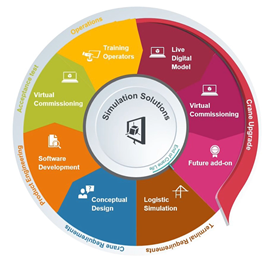
Wagenaar emphasises the advantage of using Digital Twins for training, particularly as the simulators provide operators with the possibility to train in a wide variety of scenarios that may occur when operating a real machine. For example, simulated training session enables a variety of training exercises, where critical situations, such as a damaged containers or adverse weather conditions might occur.
Furthermore, using simulation allows Siemens to test its machines in various operating conditions to ensure the robustness of its’ solutions. By simulating weather conditions to include snow and wind, product development teams can analyse, among other things, whether cameras detect all surrounding objects correctly and how the current solutions perform in extreme scenarios.
Afternoon Tracks
Track 1: Functional Safety featured presentations by Guido Neumann, Department Manager of Embedded Systems at TÜV SÜD, Alexander Holler, General Manager of the Off-Highway Electronics Division at Inter Control, and Kalle Määttä, Chief Engineer at Normet.
Track 2: Mevea Software Introduction featured presentations by Dr. Asko Rouvinen, Senior Technical Advisor and Dr. Jarkko Nokka, Technical Project Manager at Mevea, and Simo Huttunen, Team Leader of Control Systems (R&D) at Mantsinen.
Track 3: Use of Machine Learning featured presentations by Jake Rankin, PhD Researcher at Loughborough University, Dr. Mikhail Zolotukhin, Postdoctoral Research at University of Jyväskylä, and Prof. Aki Mikkola from LUT University.
